Enterprises are asking for "ships" with great money, and huge "outlets" come from the sea
In the context of the country's vigorous promotion of "carbon peak" and "carbon neutrality", the photovoltaic and wind power industries have developed rapidly. According to the current policy, this year is the last year of subsidies for offshore wind power grid connection. At present, many offshore wind power projects are rushing to complete the installation and grid connection before the end of the year.
Offshore wind power meets the tide of installation
Just after the typhoon, this sea area in Yangjiang City, Guangdong Province ushered in the window period for wind turbine installation. Project leader Teng Huadeng told reporters that within 20 to 100 kilometers from the shore, their 315 wind turbines were divided into six phases. The project is currently working overtime for hoisting, and it is expected that all grid-connected power generation will be realized within the year.
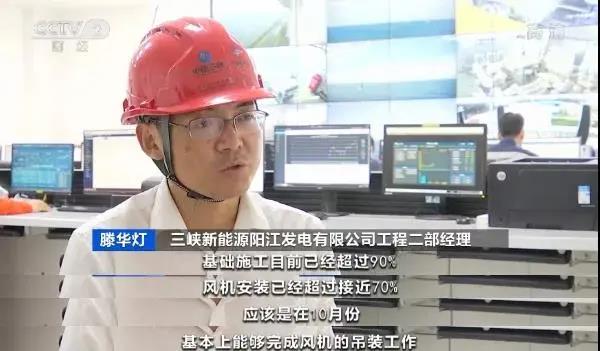
According to relevant policies, from 2022, the central government will no longer grant subsidies for offshore wind power. Therefore, it is the consensus of the offshore wind power industry to complete the grid connection before the end of this year and get the subsidy price of 0.85 yuan/kWh. Teng Huadeng said that when the first wind turbine was installed in this sea area two years ago, there was only one hoisting vessel on the entire sea surface. However, the tide of rushing for installation is coming and qualified installation vessels are shuttled back and forth. The price has risen exponentially at the same time. "One boat is hard to find" situation.
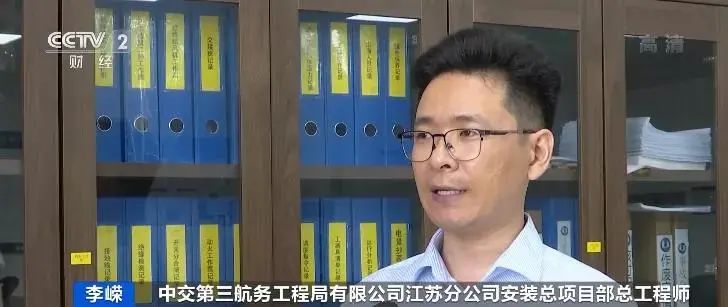
Li Rong, chief engineer of the General Installation Project Department of the Jiangsu Branch of China Communications Third Aviation Engineering Bureau Co., Ltd.: Last year, the price was very low. It cost more than 3 million yuan to install a fan. This year, when we signed the contract, it was more than 6 million yuan. It may be around 8 million yuan, but it is already 14 to 15 million yuan in the market. In the past, this kind of auxiliary ship, such as a 5,000-ton transport ship, had a monthly charter of 600,700,000 yuan, but now it has risen to 1.5 to 1.6 million yuan.
Different from onshore wind power, the installation environment of offshore wind power is complicated and greatly affected by the weather. The average construction window period per year is only more than 100 days. It is understood that there are currently about 40 offshore wind power installation vessels in China. Compared with the current installed capacity, it appears to be in short supply. After this year's rush to install, the entire offshore wind power industry chain is expected to be more mature in the future.
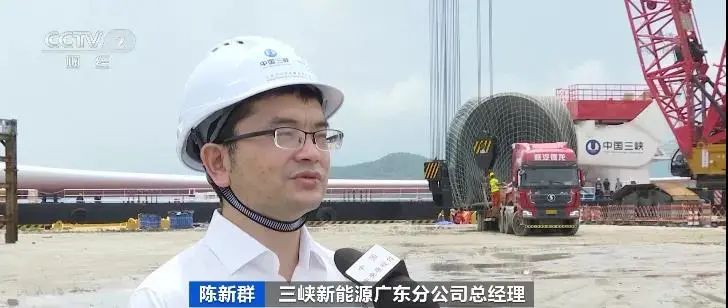
Chen Xinqun, general manager of the Guangdong Branch of Three Gorges New Energy: On land, all processing and manufacturing must be prepared in advance, and efficiency will be maximized when it is on the sea. In the early days, a ship could hoist about 4 wind turbines a month. At our peak this year, a ship could hoist more than 10 wind turbines a month.
Offshore wind power installed capacity hits a new high, wind turbine manufacturers are busy
The rush to install offshore wind power is continuing. Although there are still 4 months to go before the end of the year, for wind turbine equipment manufacturers, they must be connected to the grid before the end of the year, and the products need to be delivered before October. Right now, wind turbine production is very busy.
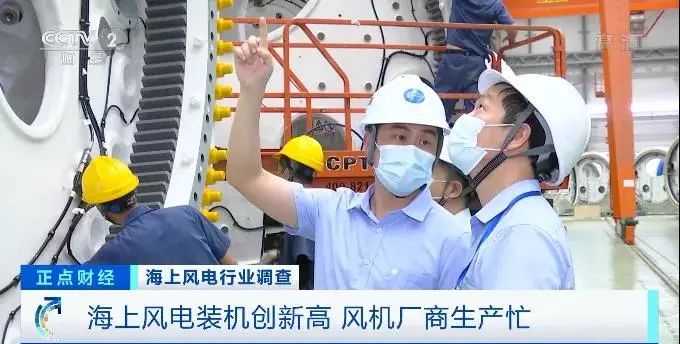
In a production base in Yangjiang, Guangdong, the person in charge Wang Dongdong is busy with his colleagues to debug and install wind turbine equipment. He recalled that at the end of last year, they had predicted that the delivery task for this year would be very difficult, so they reserved 150 wind turbines to deal with it. However, the market situation was even hotter than they expected. In the first half of the year, the shipment of wind turbines from this base reached the highest level in the past year. In May, 72 wind turbines were delivered offline in a single month.
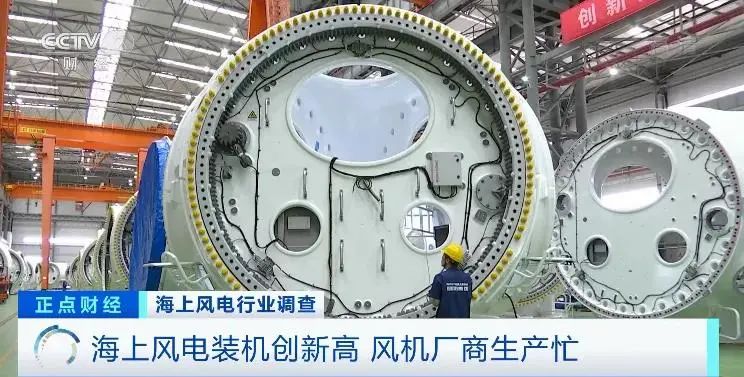
According to data released by the National Energy Administration, in the first half of this year, my country's onshore wind power installed 8.694 million kilowatts, a year-on-year increase of 65%, and offshore wind power installed 2.14 million kilowatts, a year-on-year increase of 102%. According to estimates by the Global Wind Energy Council (GWEC), this year, my country may surpass the UK to become the world's largest offshore wind power installation market. According to industry insiders, my country's offshore wind energy resources are abundant, with a usable sea area of more than 3 million square kilometers. In the future, with technological advancement and the reduction of the cost of electricity, there is huge room for offshore wind power development.
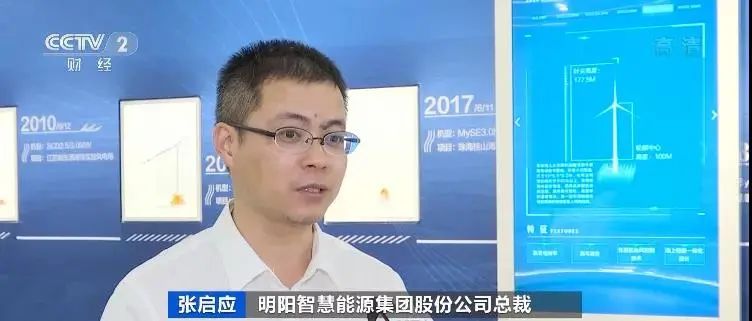
Zhang Qiying, President of Mingyang Smart Energy Group Co., Ltd.: The first half of this year was the year with the largest bidding volume in history, setting a historical record. As of the end of the first quarter, our orders in hand reached nearly 16 GW, which is also the best time in history. Ten years ago, offshore wind power was basically imported, but now it is basically domestically produced. At that time, the price of wind turbines was more than 10,000 yuan per kilowatt, and this year it may reach more than 5,000 yuan per kilowatt. In the future, with the large-scale wind turbines, I think the price will be lower.
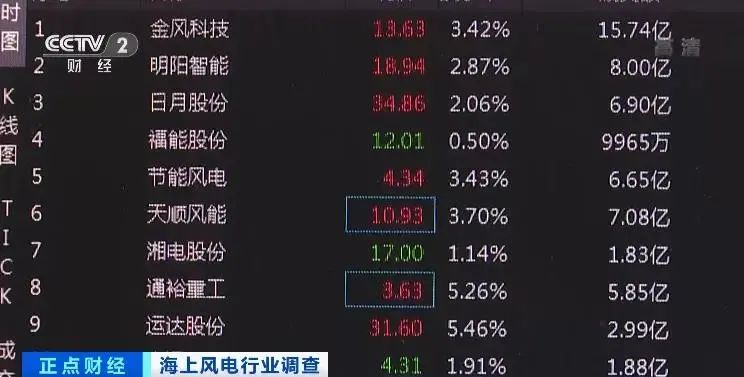
Benefiting from the growth in demand for offshore wind power installations, many listed companies that have released semi-annual reports and performance forecasts have performed well in the A-share market. Dongfang Cable's revenue and net profit in the first half of the year increased by 59.57% and 74.43% year-on-year, of which revenue from submarine cable systems and offshore engineering increased by 64.06% year-on-year, and Sinoma's revenue and net profit in the first half of the year increased by 22.76% and 103.19% year-on-year. Tongyu In the first half of the year, heavy industry's revenue and net profit increased by 15.14% and 10.18% year-on-year, respectively.
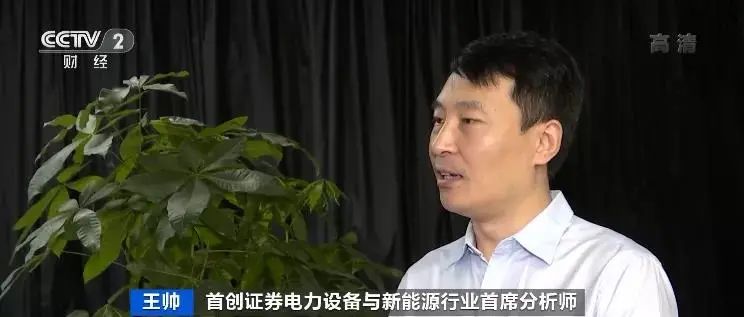
Wang Shuai, chief analyst of the power equipment and new energy industry of Beijing Capital Securities: The overall performance of offshore wind power has been very beautiful this year. The overall wind power index rose by about 6.8%, which is about 11 points advantage compared to the Shanghai and Shenzhen 300. Judging from the performance of the company's performance, basically the leader of Haifeng has had a relatively good performance in revenue in the past three years. Overall, it has an annual revenue increase of about 40% to 50%.
The unit cost of offshore wind power continues to fall, the industry moves from subsidies to parity
Offshore wind power is developing rapidly. However, compared with onshore wind power, offshore wind power projects are more difficult to develop and costly. At present, the grid has not yet achieved parity. Is the current sea wind power generation cost-effective? What room does the industry have to reduce costs and increase efficiency?
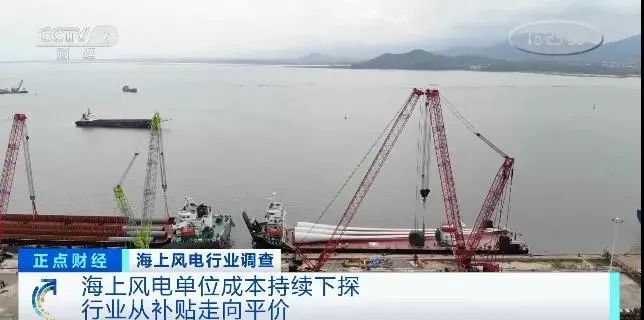
On a wharf, workers are transporting wind turbines to an offshore wind farm tens of kilometers away. The person in charge said that they will install wind turbines of different scales from 5.5 MW to 11 MW. Just a few years ago, the industry recognized Large wind turbines are also limited to 3 megawatts.
Chen Xinqun, general manager of the Guangdong Branch of Three Gorges New Energy: Wind turbines currently have 5.5 MW, 6.45 MW, and 7 MW, and the next step will have a single-unit capacity of 8 MW, 11 MW and above. The number of available hours is estimated that the shallow water position near the shore should be about 3,200 hours per year, and the deeper water is estimated to be about 3800 hours per year. In terms of project income, it should be able to reach about 6%, which is quite considerable.
It is understood that the longer the wind turbine blade, the larger the sweeping area, the higher the power generation efficiency, the correspondingly diluted hoisting costs, and the more economical sea breeze power generation.
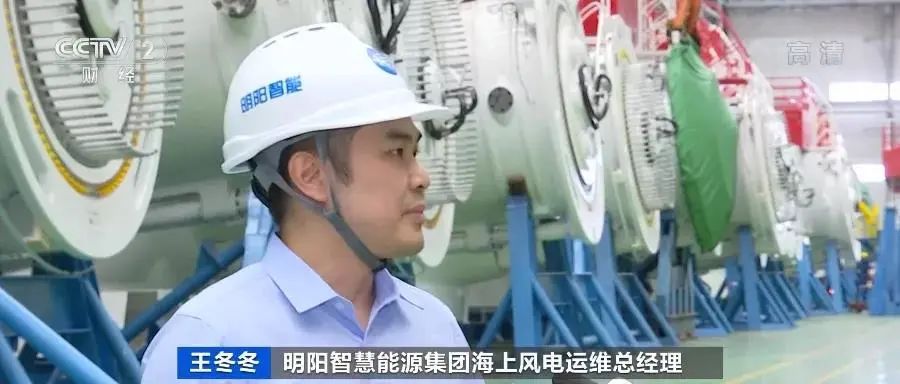
Wang Dongdong, general manager of offshore wind power operation and maintenance of Mingyang Smart Energy Group: The length of a single blade has reached 86.6 meters, which is wider than the wingspan of the sky giant A380. Each revolution of the wind turbine on the sea and each revolution of the impeller is equivalent to generating 11 kWh of electricity. The electricity generated by one unit each year can provide electricity for 12,000 households in a normal family of three.
The cost of wind turbines accounts for one-third of the total cost of offshore wind power. In addition to the large-scale wind turbines, to further reduce the cost of power generation, it is necessary to improve the intelligent level of sea breeze power generation and make more reasonable use of sea breeze resources. At present, the newly-built sea breeze power plants all regard typhoon resistance and more power generation as their primary demands.
Technological progress has brought down the cost of ocean wind power generation. According to industry insiders, if the offshore wind power industry is to truly move from subsidies to parity, there is still a lot of room for reduction in the cost of electricity per kilowatt-hour.

Wang Shuai, Chief Analyst of Beijing Capital Securities Power Equipment and New Energy Industry: I think that costs will be gradually reduced in the next five years, and then driven by policies and the intensification and integration of the industry, such costs will continue to fall. In the future, it will be possible to achieve parity online access. We expect that Guangdong and Jiangsu may be the first to achieve parity online access around 2025.
In order to promote the development of offshore wind power and avoid the breakdown of installed capacity caused by the withdrawal of state subsidies, Guangdong Province has taken the lead in launching a local subsidy program for offshore wind power a few days ago. The scope of the subsidy is for provincial-managed sea area projects that have been approved before the end of 2018 and will be connected to the grid with full capacity from 2022 to 2024. There will be no subsidies for projects connected to the grid from 2025; the subsidy standard is 2022, 2023, and 2024. For grid-connected capacity projects, subsidies are 1,500 yuan, 1,000 yuan, and 500 yuan per kilowatt respectively.
Image source: CCTV Finance

